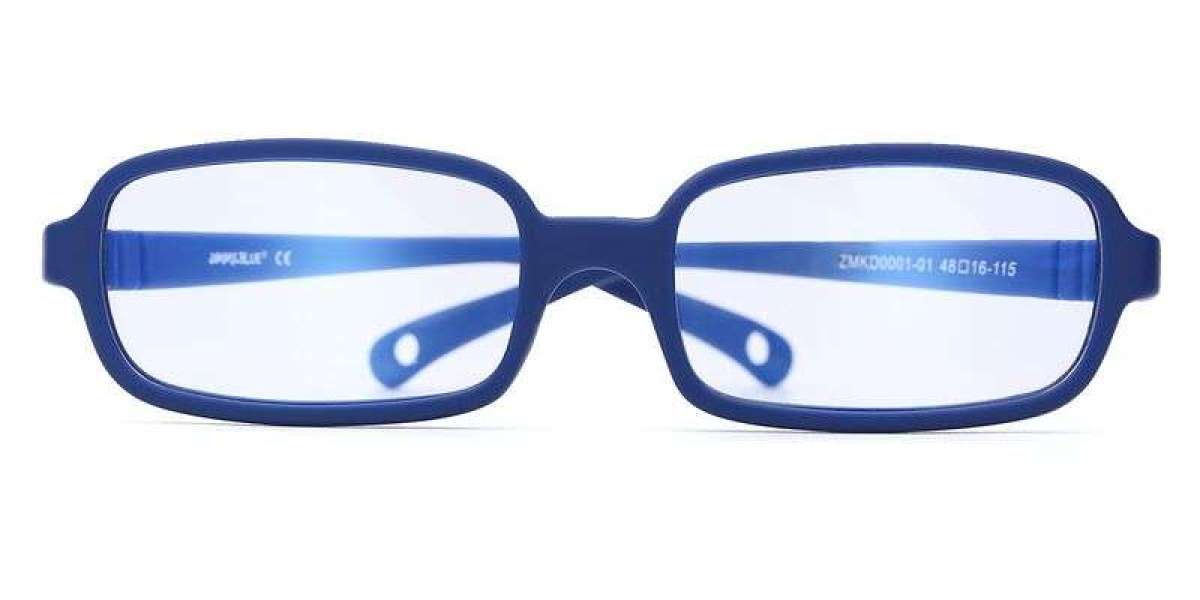Wearing a regular single lens, there is imaging lag, farsightedness, and defocus in the peripheral field of view in all scenes. The eyes often receive optical signal stimuli such as imaging lag. To adapt to the environment, the eyes will activate a series of complex mechanisms to increase the eye axis and cause the retina to approach the imaging point backward.
When the child is getting glasses, they are younger and have a lower degree, so OK lenses are not suitable. It is recommended to use defocus frame lenses for peripheral myopia. Wearing these myopia prevention and control glasses can significantly control the speed of a child's myopia deepening. If the prevention and control are done properly in the later stage, the child's myopia may still recover, and at that time, the childrens glasses can be removed!
Children aged 6-12 have soft eyeballs, and their outer shell and sclera are highly elastic and flexible. Myopia prevention and control can achieve twice the result with half the effort, making it a golden age for myopia prevention and control. After the age of 12, as the development period approaches its end, the investment return ratio of myopia prevention and control methods will be much lower. After reaching adulthood, the eyeballs become harder and the intraocular pressure cannot move the sclera, so most people's myopia will not increase.
After myopia, the posterior surface of the eyeball has changed from a spherical surface to an elliptical surface, while the image surface remains spherical, resulting in different defocusing amounts between the central and peripheral fields of view.
The purpose of equipping children with peripheral myopic defocus children's glasses is to slow down the growth rate of the eye axis as much as possible while allowing them to see the central field of view.



